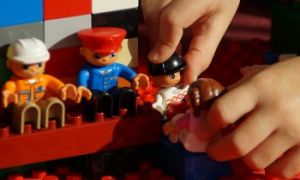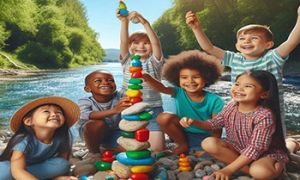The following provides a list of outdoor activities for babies and toddlers that promote sensory exploration and interaction with the natural environment. It also includes linking to the EYLF and the benefits of outdoor play for babies and toddlers.
For Babies (0-12 months)
-
Nature Sensory Walk
-
Lay babies on a soft blanket while they feel different textures like grass, leaves, and smooth stones.
-
Let them listen to birds, rustling leaves, and the wind to connect with natural sounds.
-
-
Cloud & Sky Watching
-
Place babies on a mat and describe the shifting clouds, colors, and movements in the sky.
-
Play soft music or hum to create a calming outdoor experience.
-
-
Wind Exploration
-
Hold soft scarves or leaves in the breeze so babies can watch them move.
-
Let babies feel the air on their hands and face, encouraging natural sensory engagement.
-
-
Shadow Play
-
Move hands or objects in the sunlight to show shifting shadows.
-
Let babies observe how movements affect light and shadow.
-
-
Water Exploration
-
Offer a shallow container of water for safe splashing and sensory play.
-
Let babies watch water reflections and ripples as they move their hands.
-
-
Touch & Feel Walk
-
Take babies on a stroll and let them touch different textures like soft flowers, crunchy leaves, and smooth pebbles.
-
Use descriptive language to build sensory awareness.
-
-
Bubble Gazing
-
Blow bubbles gently and let babies watch them float and pop.
-
Helps in developing visual tracking skills.
-
-
Outdoor Tummy Time
-
Place a soft blanket on grass and encourage tummy time with toys.
-
Being outside adds new sights, smells, and sounds to engage babies.
-
-
Music & Movement in Nature
-
Play soft music or sing while gently rocking babies outdoors.
-
Helps in developing auditory recognition and bonding moments.
-
For Toddlers (1-3 years)
-
Outdoor Treasure Hunt
-
Set up a simple scavenger hunt where toddlers collect leaves, flowers, or rocks.
-
Encourage them to match colors or textures to a guide sheet.
-
-
Nature Painting
-
Use natural brushes (leaves, feathers, twigs) to create art with eco-friendly paint.
-
Let toddlers explore different textures while painting on stones or recycled paper.
-
-
Animal Tracking Walk
-
Look for birds, insects, or small creatures in the environment.
-
Talk about how different animals move and make sounds.
-
-
Obstacle Course with Natural Materials
-
Create a mini-course with logs, tunnels, and stepping stones for toddlers to balance and climb safely.
-
Encourage movement and coordination through play.
-
-
Bubble Chasing in the Sunlight
-
Blow bubbles outdoors and let toddlers chase them.
-
Observe how sunlight creates colorful reflections in the bubbles.
-
-
Mud Kitchen Play
-
Provide bowls and spoons for toddlers to mix soil and water, creating imaginative "recipes."
-
Strengthens sensory play and fine motor skills.
-
-
Outdoor Color Hunt
-
Ask toddlers to find natural objects that match different colors (green leaves, yellow flowers, brown sticks).
-
Enhances color recognition and observation skills.
-
-
Nature Construction Play
-
Encourage toddlers to build towers using rocks, sticks, and leaves.
-
Develops problem-solving and coordination skills.
-
-
Shadow & Light Play
-
Have fun tracing shadows or watching how light changes under trees.
-
Introduces early science concepts in an engaging way.
-
-
Dinosaur or Animal Safari
-
Hide toy animals in the garden and let toddlers search for them.
-
Strengthens curiosity, exploration, and storytelling.
-
Linking To The EYLF Outcomes
Here’s how different activities align with EYLF’s five learning outcomes:
Outcome 1: Children Have a Strong Sense of Identity
-
Example: Engaging in nature sensory walks helps babies and toddlers develop self-awareness and confidence as they explore different textures and sounds.
-
Link: Encourages independence in decision-making as toddlers actively explore outdoor spaces.
Outcome 2: Children Are Connected with and Contribute to Their World
-
Example: Gardening activities where toddlers plant seeds and care for plants foster an understanding of the natural environment and sustainability.
-
Link: Supports their role as contributors to the community and nurtures respect for living things.
Outcome 3: Children Have a Strong Sense of Wellbeing
-
Example: Bubble chasing and obstacle courses improve gross motor skills and coordination while promoting active movement outdoors.
-
Link: Enhances overall physical and emotional well-being by providing engaging outdoor play experiences.
Outcome 4: Children Are Confident and Involved Learners
-
Example: Mud kitchen play encourages creativity and problem-solving as toddlers experiment with mixing natural materials.
-
Link: Develops curiosity, innovation, and active engagement in learning.
Outcome 5: Children Are Effective Communicators
-
Example: Outdoor storytelling and song sessions encourage verbal expression and social interactions in a natural environment.
-
Link: Expands communication and literacy development through shared experiences.



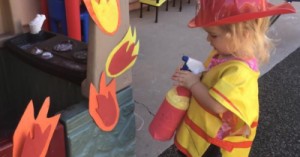
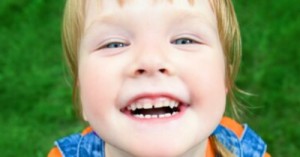

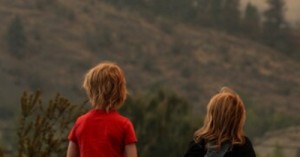
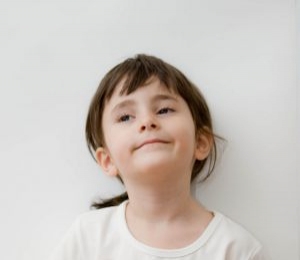 Open ended questions cannot be responded to with one word answers such as yes or no. These types of questions enables a child to provide
Open ended questions cannot be responded to with one word answers such as yes or no. These types of questions enables a child to provide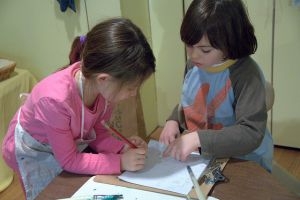 During your child’s preschool years, an important milestone begins to emerge. This is the development of pre-writing skills. Pre-writing skills are used to encourage, develop
During your child’s preschool years, an important milestone begins to emerge. This is the development of pre-writing skills. Pre-writing skills are used to encourage, develop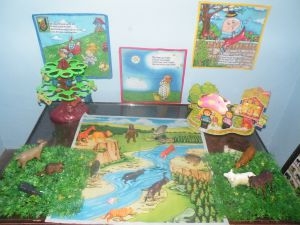 Open ended materials enables children to play freely. They are objects that have no rules to follow, use or function. Raw materials that can be
Open ended materials enables children to play freely. They are objects that have no rules to follow, use or function. Raw materials that can be An Acknowledgment of the Country is a way of showing respect for the Traditional Owners and can be given by both non-Indigenous people and Aboriginal
An Acknowledgment of the Country is a way of showing respect for the Traditional Owners and can be given by both non-Indigenous people and Aboriginal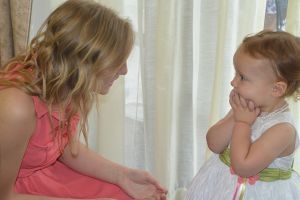 Language plays an important role in a child’s development. It enables a child to communicate effectively with their family, learn at school, socialize with friends,
Language plays an important role in a child’s development. It enables a child to communicate effectively with their family, learn at school, socialize with friends,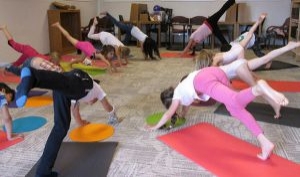 Like adults, children have to deal with their own stress in life. Moving house, starting a new school, preparing for a new sibling - these are
Like adults, children have to deal with their own stress in life. Moving house, starting a new school, preparing for a new sibling - these are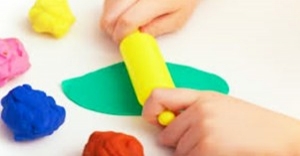 Playdough is such a versatile material. It provides numerous benefits to children as they manipulate it, it is safe and soothing and provides children with
Playdough is such a versatile material. It provides numerous benefits to children as they manipulate it, it is safe and soothing and provides children with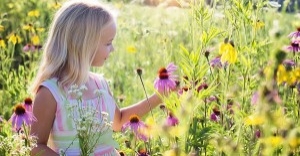 Teaching children about sustainability enables them to appreciate and respect the natural environment. Early childhood services can provide meaningful hand on learning experiences in order
Teaching children about sustainability enables them to appreciate and respect the natural environment. Early childhood services can provide meaningful hand on learning experiences in order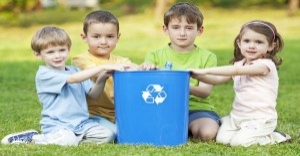 Recycling is an important concept that teaches children to care for the environment. It encourages children to be responsible and show a growing appreciating for
Recycling is an important concept that teaches children to care for the environment. It encourages children to be responsible and show a growing appreciating for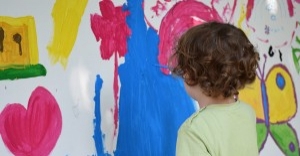 When children apply paint to paper, glue things together, or pound a lump of clay, they experiment with colour, shape design and texture.
When children apply paint to paper, glue things together, or pound a lump of clay, they experiment with colour, shape design and texture.
